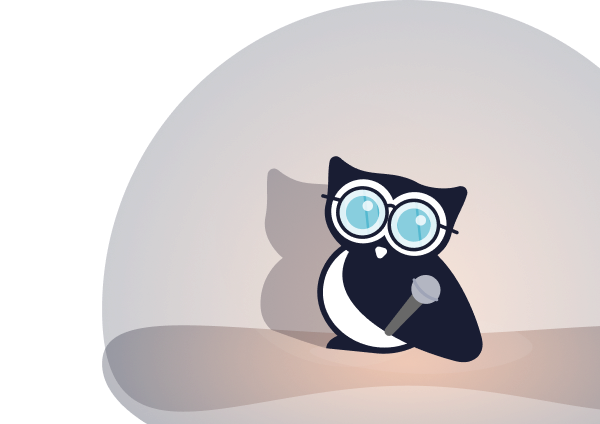
Write the Docs – Technically you can: creating technical content for all audiences by Małgorzata Trojanowska
By Catherine Heath on Writing docs from June 7, 2019
Content Writer and Community Manager Małgorzata Trojanowska delivered a talk at Write the Docs Vilnius called 'Technically you can: creating technical content for all audiences'.
Małgorzata works at Cloudoki, and she talked about creating technical content for audiences of different levels of technical ability. "Content strategy is like baking a cake," says Małgorzata.

Work-related information is mostly acquired by reading – in fact, reading is responsible for people acquiring 90% of all information. This puts a lot of pressure on your technical documentation, because users are relying on it to do their jobs.

Unfortunately, a technical text takes much longer to read than a normal text. In fact, users can read at a rate of about 260 words per minute for a technical doc, compared to 70 words per minute for a regular text. That means that technical content needs to be written in a specific and approachable way.

Here is Małgorzata's advice on how to write technical content for all audiences:
- Structure your work
- Show, don't write
- Spacing out your elements and text
Reduce textual clutter using tools like Hemingway or Vale, since they help you strip out superfluous words. When you read documentation, you have a wall of text. It's much less engaging than listening to someone speak in real life, so it's important to get right to the point.
People lose attention every 8 seconds, so use diagrams and pictures to keep them engaged. Whitespace is also your friend, since first impressions count. Whenever you write documentation, try to put spacing in it. We remember what we see.
Follow these three Ws in the process of writing your technical documentation:
- W – Write what you'll write about
- W – Write it
- W – Write what you wrote

Every single word has to have a purpose, since your documentation can also be very useful for SEO. Choose the words that your company is targeting in your SEO strategy.
Define your acronyms
Don't make assumptions about what your readers know. For example there are a lot of acronyms, like API. Always define your acronyms. Include links to definitions of technical terms for non-technical people.
Use metaphors
Metaphors can be an extremely powerful tool. For example, Małgorzata didn't understand what an API was until watching a video about a restaurant as a metaphor.
Use primacy and recency
Primacy and recency effect means you remember things from the beginning and from the end. Remember this when writing your documentation.
Write short sentences
Using an 8-word sentence is a good rule for writing an easy sentence. There's a sentence that is almost 14,000 words long, which must be impossible to read.
Test the docs
Testing is also very important for documentarians. Test that your documentation actually works before considering it finished.
Avoid complexity
Try to avoid too much complexity in your writing, because it obscures meaning. Simple is key.
Our very own knowledge base software KnowledgeOwl can help you create delightful documentation for your users. Take it for a free spin now.


Writing docs
(253)

General posts useful to all documentarians about writing documentation, editing and publishing workflows, and more.


Feature spotlight
(15)

Your flight plan for how to get the most out of KnowledgeOwl features and integrate them into your workflows.


Announcements
(21)

Major KnowledgeOwl company announcements.


Customer stories
(9)

Learn how others are using KnowledgeOwl & get pro tips on how to make the most of KO!


Company culture
(40)

Find out more about who we are and what we value.


Support
(75)

We believe good support is the foundation of good business. Learn about support tools and methodology.


Tools
(64)

Learn more about tools to solve various documentarian issues, within and beyond KnowledgeOwl.


All
(384)

Not sure what category you need? Browse all the posts on our blog.

Got an idea for a post you'd like to read...or write?
We're always looking for guest bloggers.
Learn moreStart building your knowledge base today
- 30 days free (and easy to extend!)
- No credit card required
- Affordable, transparent pricing
- No cost for readers, only authors
Want to see it in action?
Watch a 5-minute video and schedule time to speak with one of our owls.


